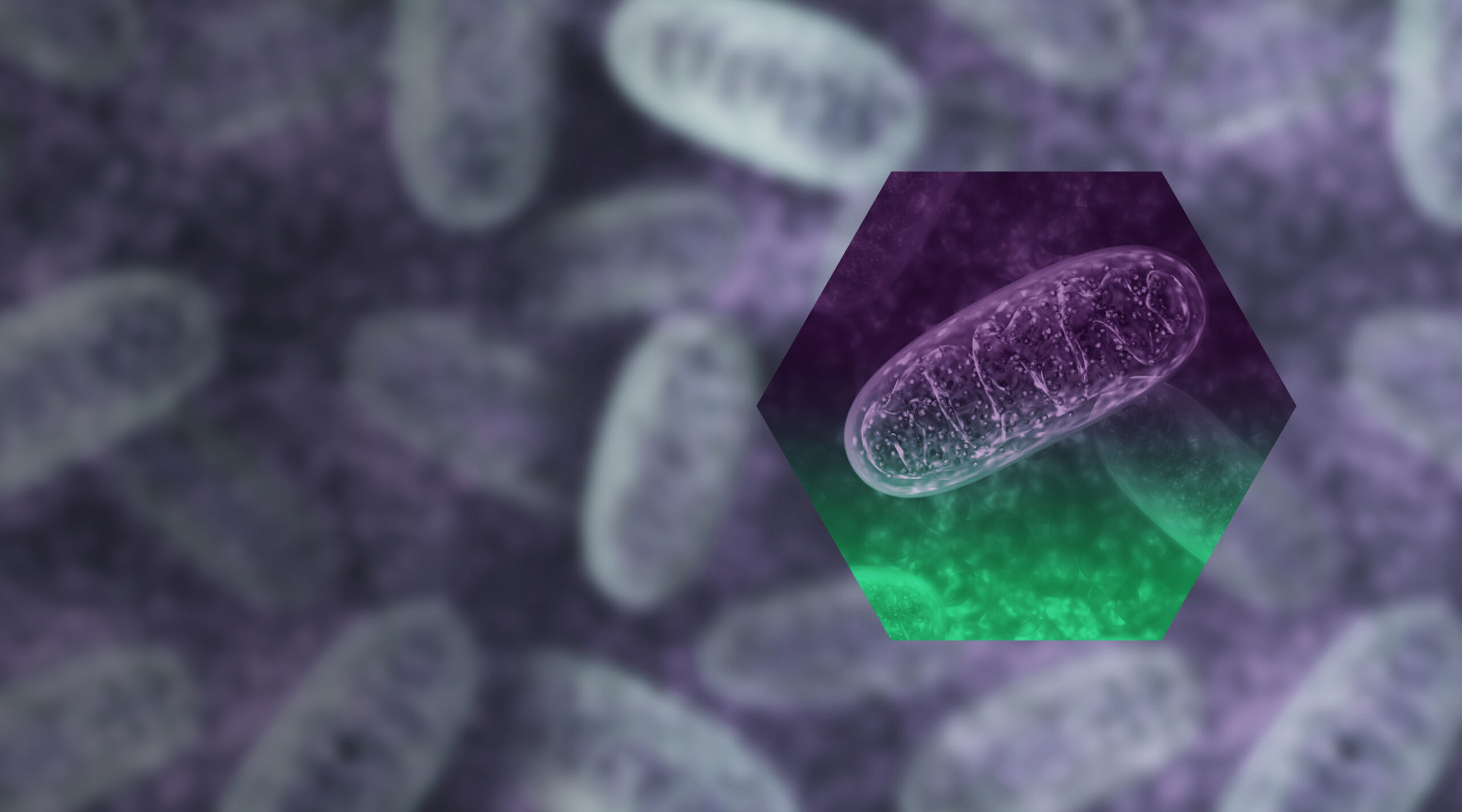
UNI-494
Innovative potential for renal disease and beyond with UNI-494
Our investigational therapy is positioned to play a critical role in treatment of Acute Kidney Injury (AKI)
UNI-494 is a novel nicotinamide ester derivative and a selective ATP-sensitive mitochondrial potassium channel activator. UNI-494 has a novel mechanism of action that restores mitochondrial function and may be beneficial for the treatment of several diseases including Acute Kidney Injury (AKI).
A serious global concern with long-term adverse outcomes
Acute Kidney Injury (AKI), also known as acute kidney impairment, is a sudden decline in kidney function that occurs over hours to days, leading to a buildup of waste, fluid imbalances, and electrolyte disturbances in the body. AKI normally occurs due to complications from another illness, including severe infections, dehydration, certain medications, or reduced blood flow to the kidneys due to injury or illness.
1 in 5 adults and 1 in 3 children worldwide experience AKI during a hospital episode of care and world incidence of AKi showed mortality rates of 23.9 in adults and 13.8 in children.1
Even with its widespread impact, there are currently no available therapies to treat established AKI.
An opportunity with far-reaching potential
UNI-494 is a novel nicotinamide ester derivative that is a selective mitochondrial ATP-sensitive potassium channel (KATP) activator, which reverses the mitochondrial dysfunction by closing the mPTP.
If approved, UNI-494 may be beneficial for several disease states, including AKI.

UNI-494 news and updates
References
1. Susantitaphong P, Cruz DN, Cerda J, Abulfaraj M, Alqahtani F, Koulouridis I, Jaber BL; Acute Kidney Injury Advisory Group of the American Society of Nephrology. World incidence of AKI: a meta-analysis. Clin J Am Soc Nephrol. 2013 Sep;8(9):1482-93. doi: 10.2215/CJN.00710113. Epub 2013 Jun 6. Erratum in: Clin J Am Soc Nephrol. 2014 Jun 6;9(6):1148. PMID: 23744003; PMCID: PMC3805065.